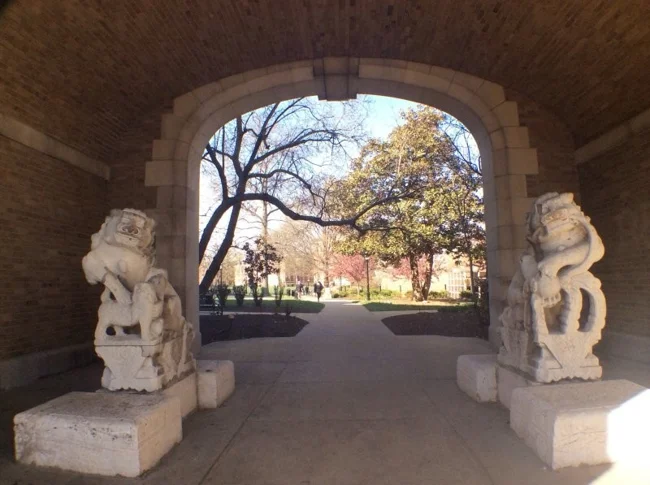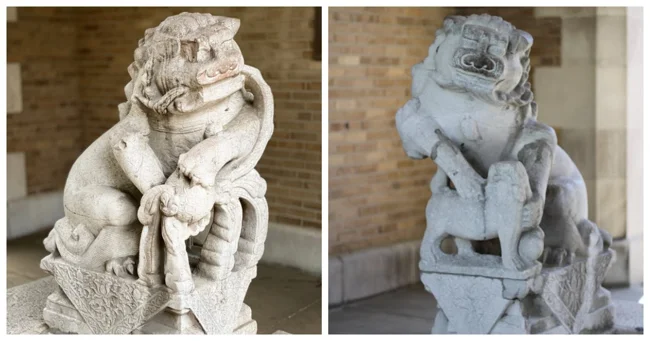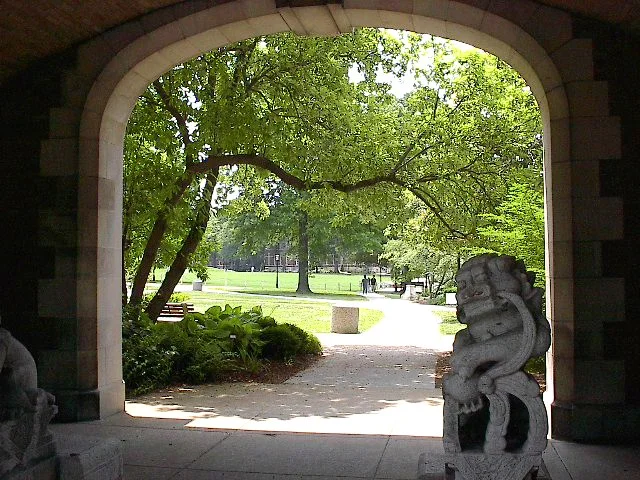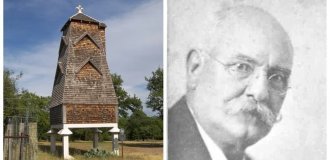Chinese stone lions from Neff Hall - the path from a Confucian temple to a journalism school (9 photos)
Two Ming Dynasty lion statues stand guard at the entrance to the School of Journalism. 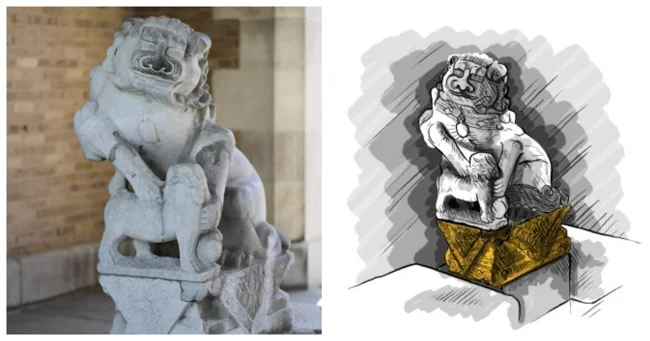
A pair of ancient stone and very expressive lions that once guarded the Confucian Temple in Nanjing, China, now sit comfortably at the entrance to the University of Missouri School of Journalism. 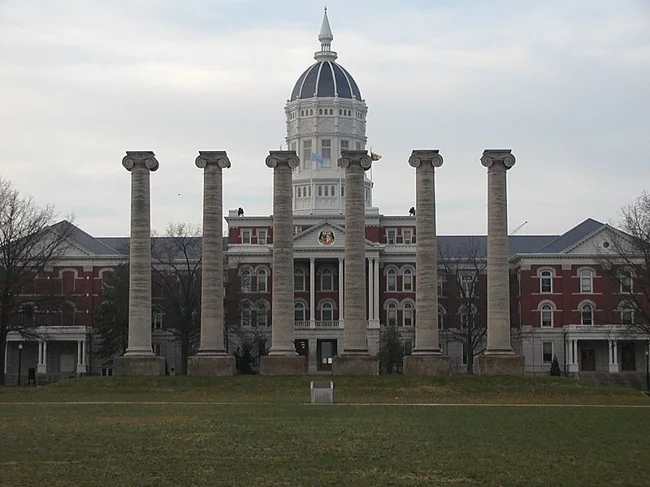
The massive yet graceful white lion statues were carved by an unknown artist nearly 550 years ago during the Ming Dynasty in Chufu, the birthplace of Confucius. They now sit proudly inside a brick archway leading to the school. Each sculpture is about five feet tall and weighs over two tons. 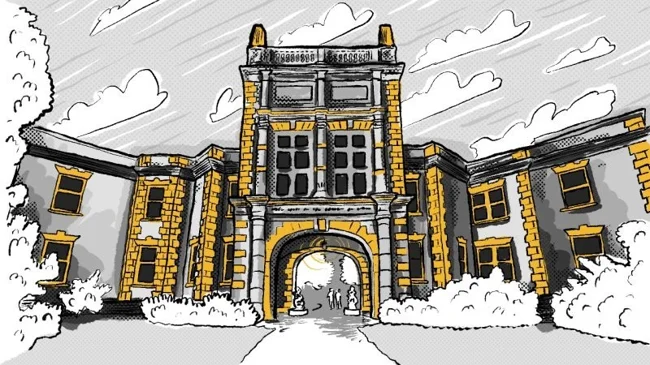
When Walter Williams founded the Missouri School of Journalism in 1908, he wanted it to have a global presence. One way he did that was by helping to establish China's first journalism school at St. John's University in Shanghai in 1928. For years after that, he sent faculty from the Missouri School of Journalism to teach at Chinese universities. 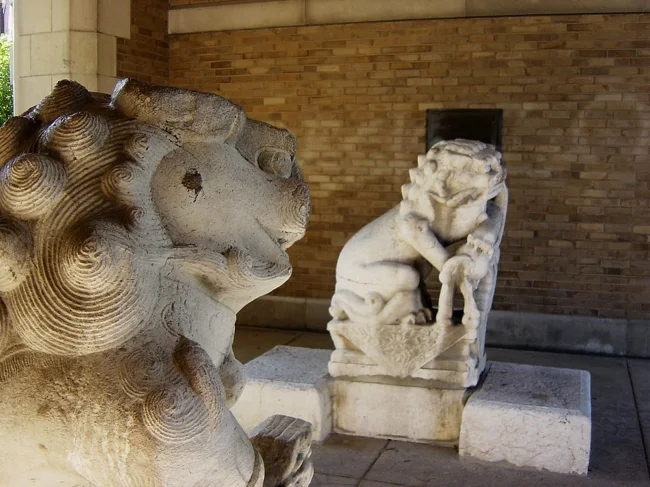
In 1931, Williams installed two stone lion statues in the arch, which were sent to the university as a gift in 1931 by the then Chinese authorities, as a symbol of the close connection between the school and the development of journalism education on the world stage. To this day, the lions symbolize the importance of international relations. 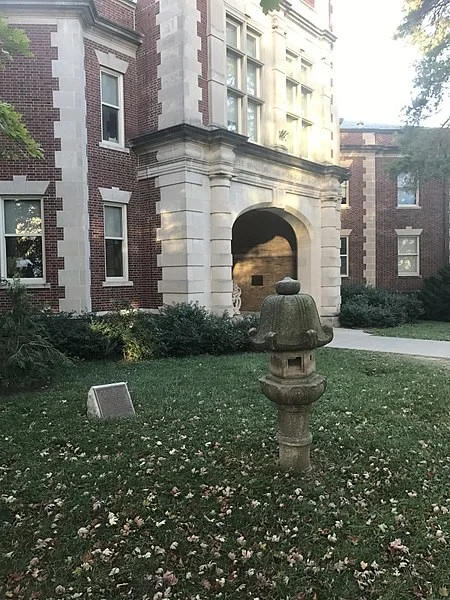
To the east of the arched entrance stands a Japanese stone lantern, representing Williams's global aspirations and illuminating the inscription on the arch behind it, "The wise shall bear the light." It was donated in 1926 by the American-Japanese Society of Tokyo. The lantern serves as "a permanent monument to the growing goodwill and peace between the United States and Japan." It is composed of five pieces of granite quarried in Japan's Mikawa Province. 
